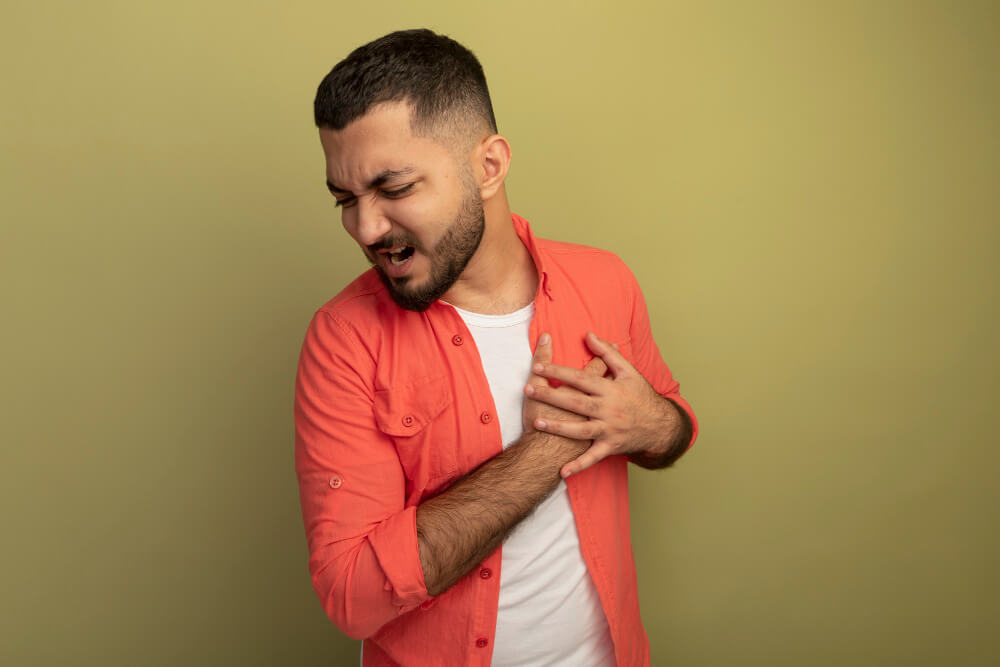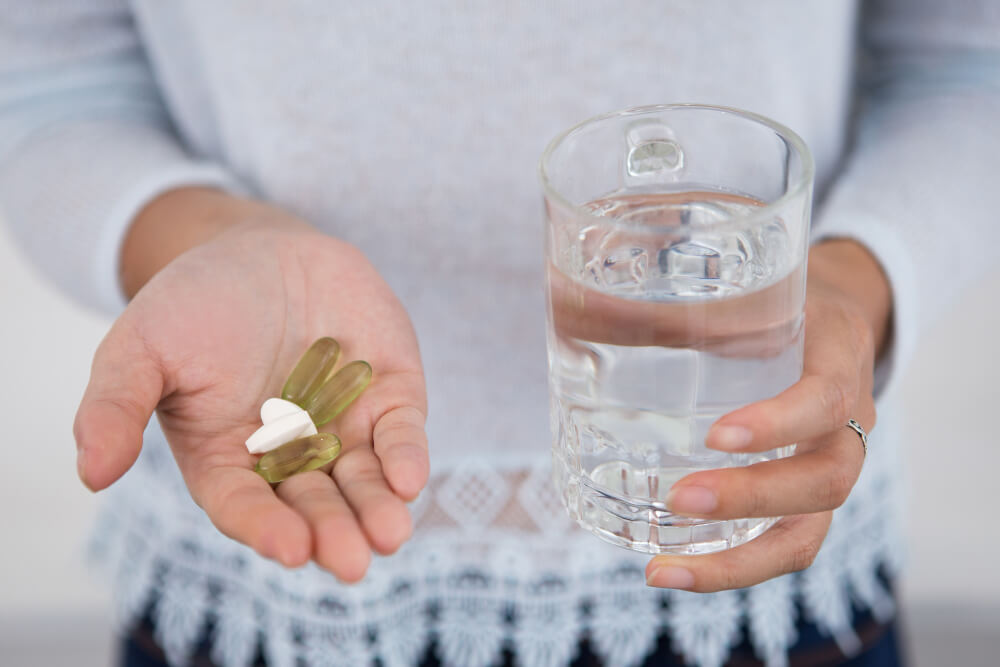Chest Pain: Understanding Muscle Strain and Effective Treatment Options
Chest pain can be a frightening experience, often triggering immediate worries about a heart attack. While chest pain can be a symptom of a serious heart condition, it’s important to remember that it can also be caused by a less serious issue – a muscle strain. This article delves into the world of chest pain caused by muscle strain, equipping you with the knowledge to identify it, treat it effectively, and ensure a speedy recovery.
Recognizing Muscle Strain-Induced Chest Pain
Muscle strain occurs when a muscle is stretched or torn, often due to overuse, sudden movements, or improper lifting techniques. In the chest, the most commonly affected muscles are the pectorals (pecs), intercostals (between the ribs), and serratus anterior (on the side of the chest).
Here are some key signs that your chest pain might be caused by a muscle strain:
- Location: Muscle strain pain is usually localized to a specific area of the chest, often near the pecs or ribs. Pain from a heart attack may be more central or radiate to other areas like the jaw, arm, or back.
- Nature of Pain: Muscle strain pain is typically described as a sharp ache, tightness, or soreness. It may worsen with deep breathing, coughing, or specific movements that engage the affected muscles.
- Associated Symptoms: Muscle strain pain may be accompanied by tenderness to the touch, swelling, and difficulty taking a deep breath. Heart attacks may involve additional symptoms like shortness of breath, nausea, sweating, and lightheadedness.
- Onset of Pain: Muscle strain pain often develops gradually over time or appears suddenly after a specific activity that strains the chest muscles. Heart attacks typically occur abruptly and with no clear trigger.
When to Seek Medical Attention
While most muscle strain-induced chest pain can be treated at home, it’s crucial to seek immediate medical attention if you experience any of the following:
- Sharp, crushing chest pain: This can be a sign of a heart attack, even if you don’t have a history of heart disease.
- Pain radiating to other areas: If the pain travels to your jaw, arm, shoulder, back, or neck, it could be a symptom of a heart attack.
- Shortness of breath: Difficulty breathing, especially at rest, is a serious concern and requires immediate medical evaluation.
- Lightheadedness or dizziness: These symptoms, along with chest pain, can indicate a heart attack or other serious condition.
- Prolonged or worsening pain: If your chest pain doesn’t improve with home treatment within a few days or worsens significantly, consult a doctor.
Effective Treatment Options for Muscle Strain-Induced Chest Pain
If you suspect your chest pain is caused by a muscle strain and haven’t experienced any of the red flags mentioned above, there are several effective treatment options you can try at home:
The RICE Method
The RICE method is a cornerstone of muscle strain treatment. It stands for:
- Rest: Avoid strenuous activities that aggravate the pain. Take a break from exercise and focus on allowing the injured muscle time to heal.
- Ice: Apply ice packs wrapped in a thin towel to the affected area for 15-20 minutes at a time, several times a day. Do not apply ice directly to the skin.
- Compression: Use a light compression bandage or wear a supportive shirt to minimize swelling and provide stability to the injured area. Avoid wrapping too tightly to prevent circulation problems.
- Elevation: If possible, elevate your chest while resting, especially at night. This can help reduce swelling and discomfort.
Over-the-Counter Pain Medication
Over-the-counter pain relievers such as acetaminophen (Tylenol) or ibuprofen (Advil) can help manage pain and inflammation associated with muscle strain. Always follow the recommended dosage instructions on the label and consult your doctor if you have any underlying health conditions.
Gentle Stretching and Heat Therapy
Once the initial inflammation subsides (usually after a few days), gentle stretching exercises can help improve flexibility and range of motion in the affected muscles. Heat therapy, such as a warm compress or a heating pad on low setting, can also be helpful to loosen tight muscles and promote healing.
Additional Tips for Recovery:
- Maintain good posture: Proper posture helps support your chest and reduces strain on the muscles.
- Apply topical pain relievers: Creams or gels containing menthol or lidocaine can provide localized pain relief.
- Get enough sleep: Adequate rest allows your body to focus on healing the injured muscle.
- Stay hydrated: Drinking plenty of water helps your body repair damaged tissues.


